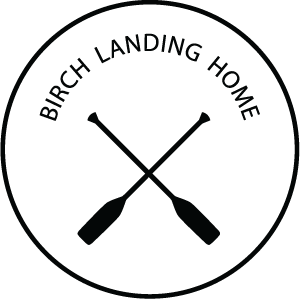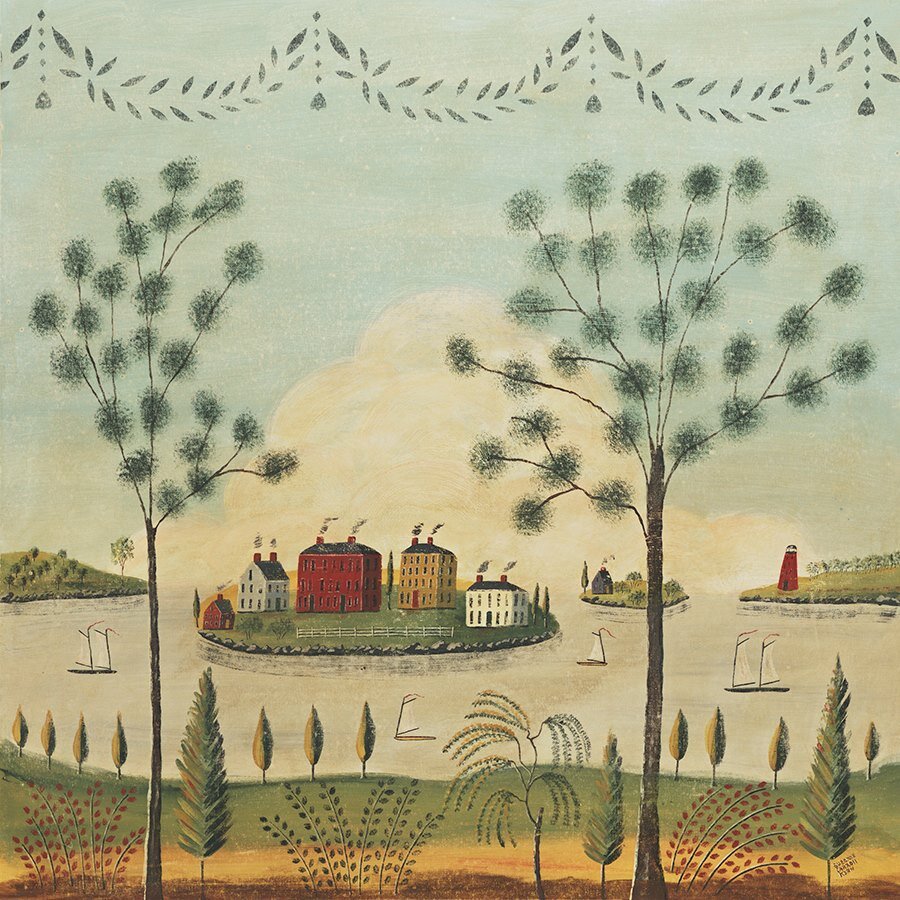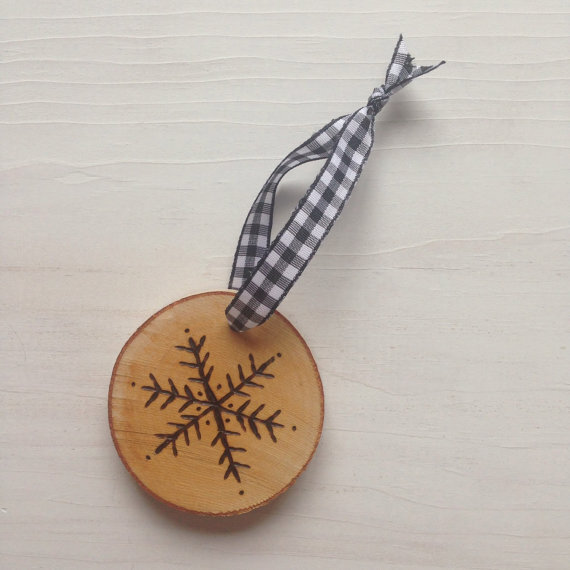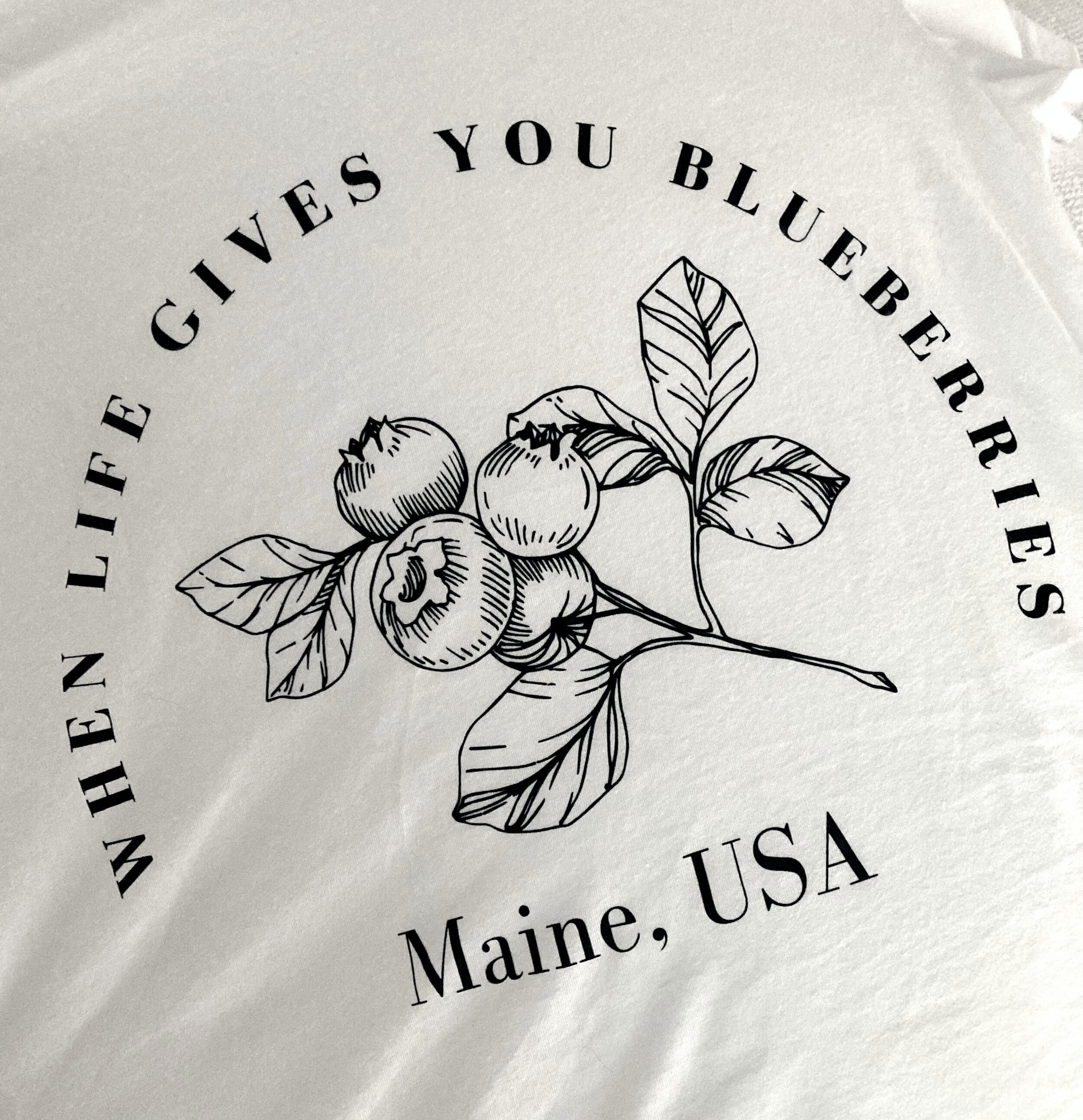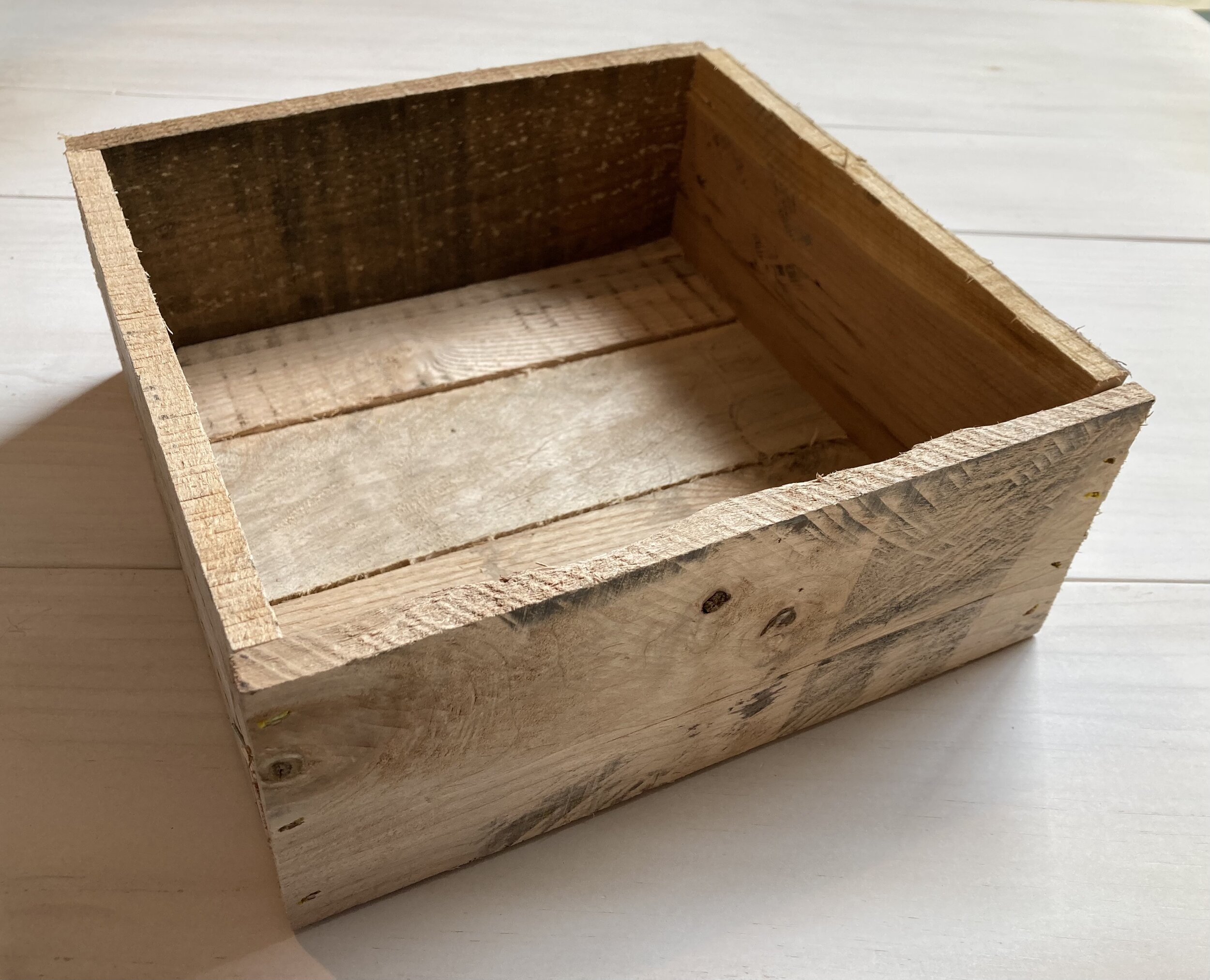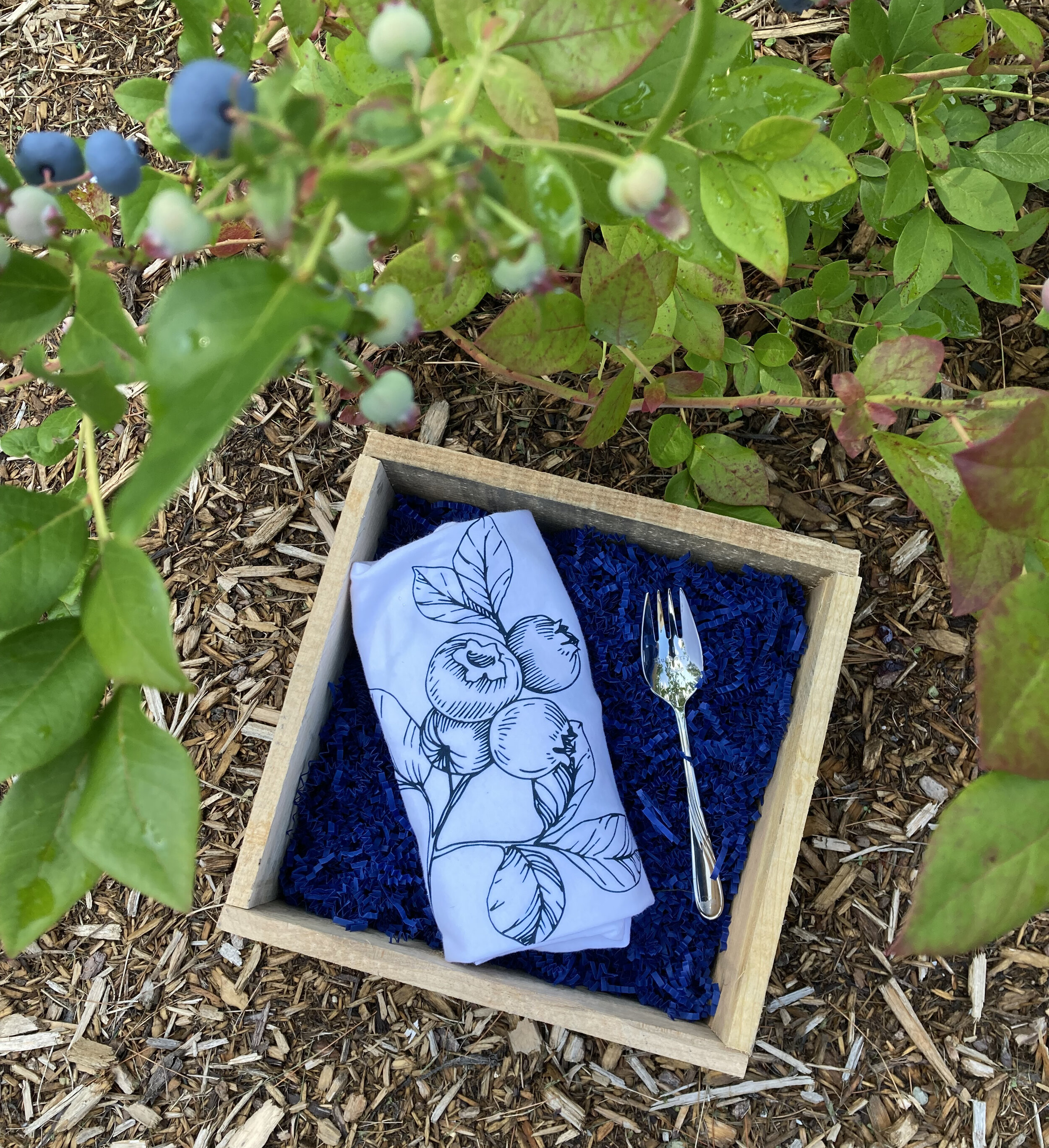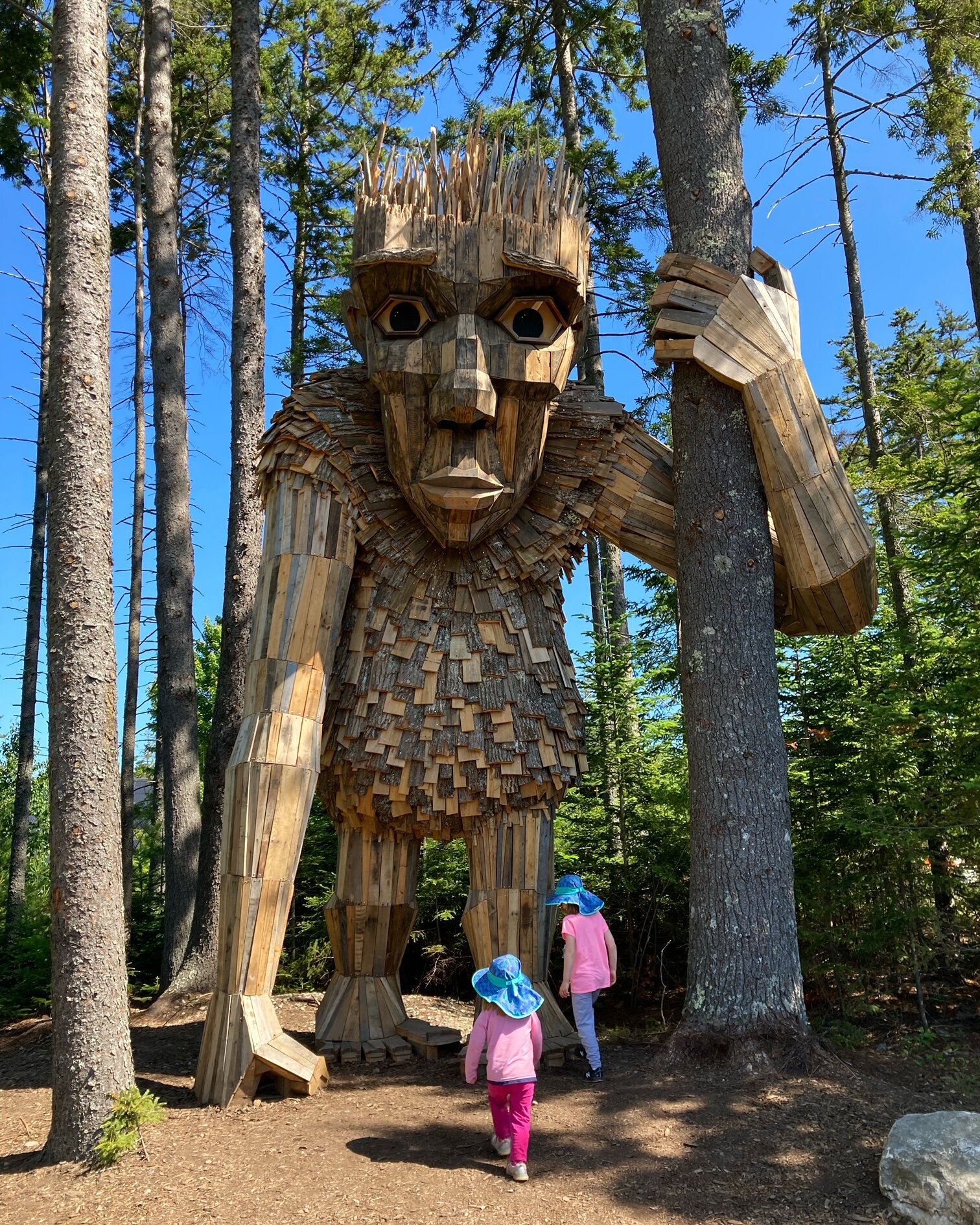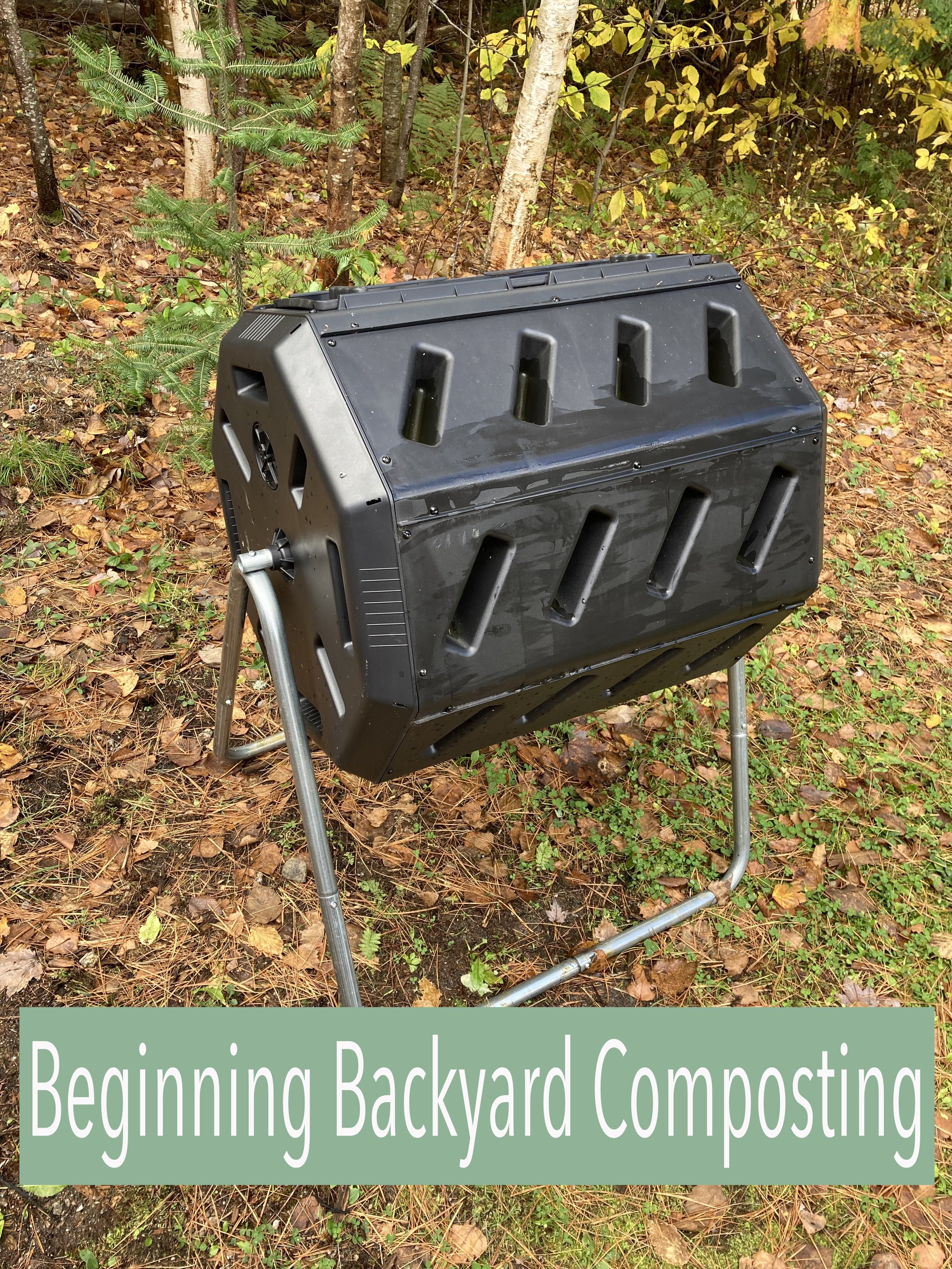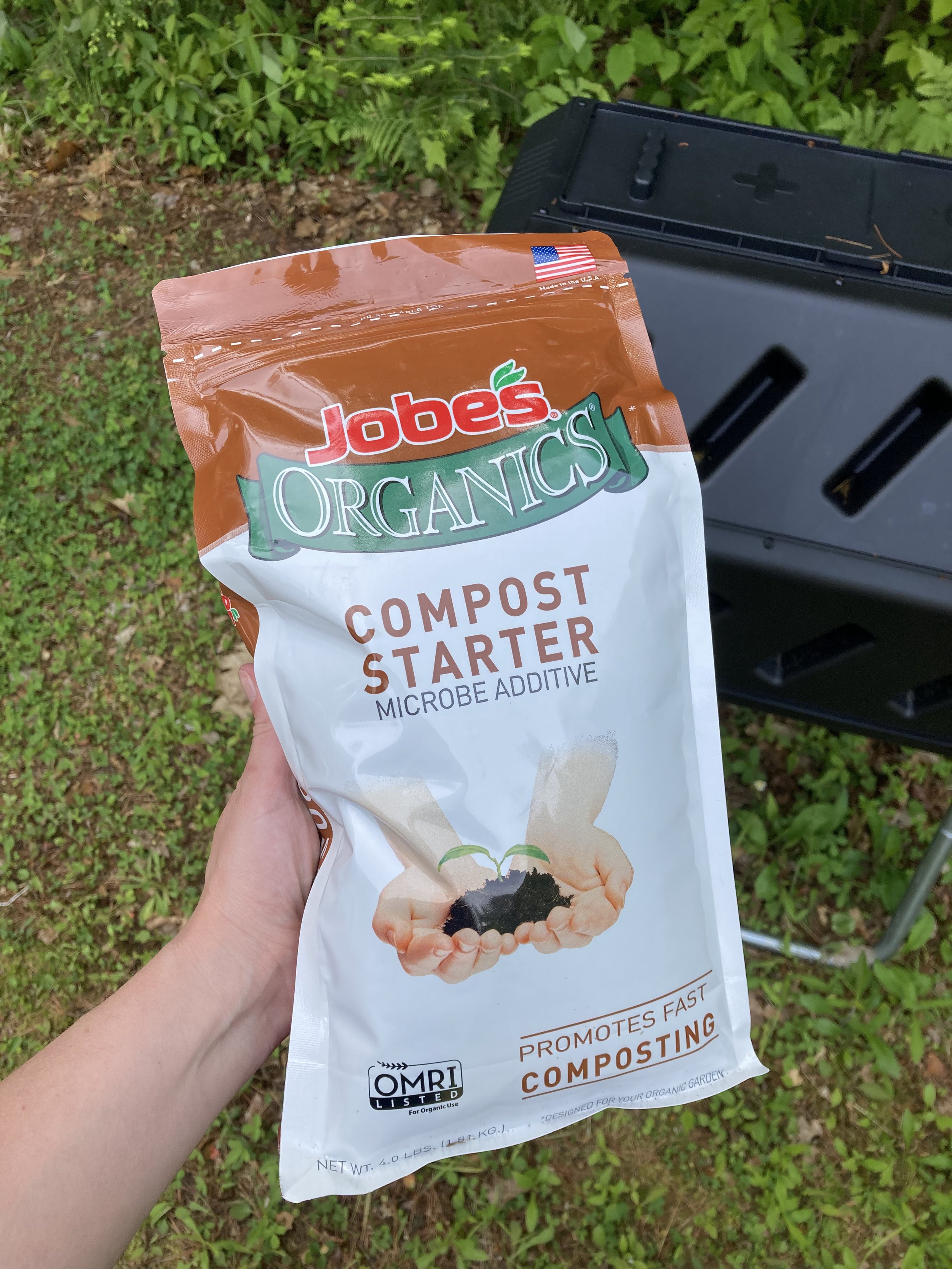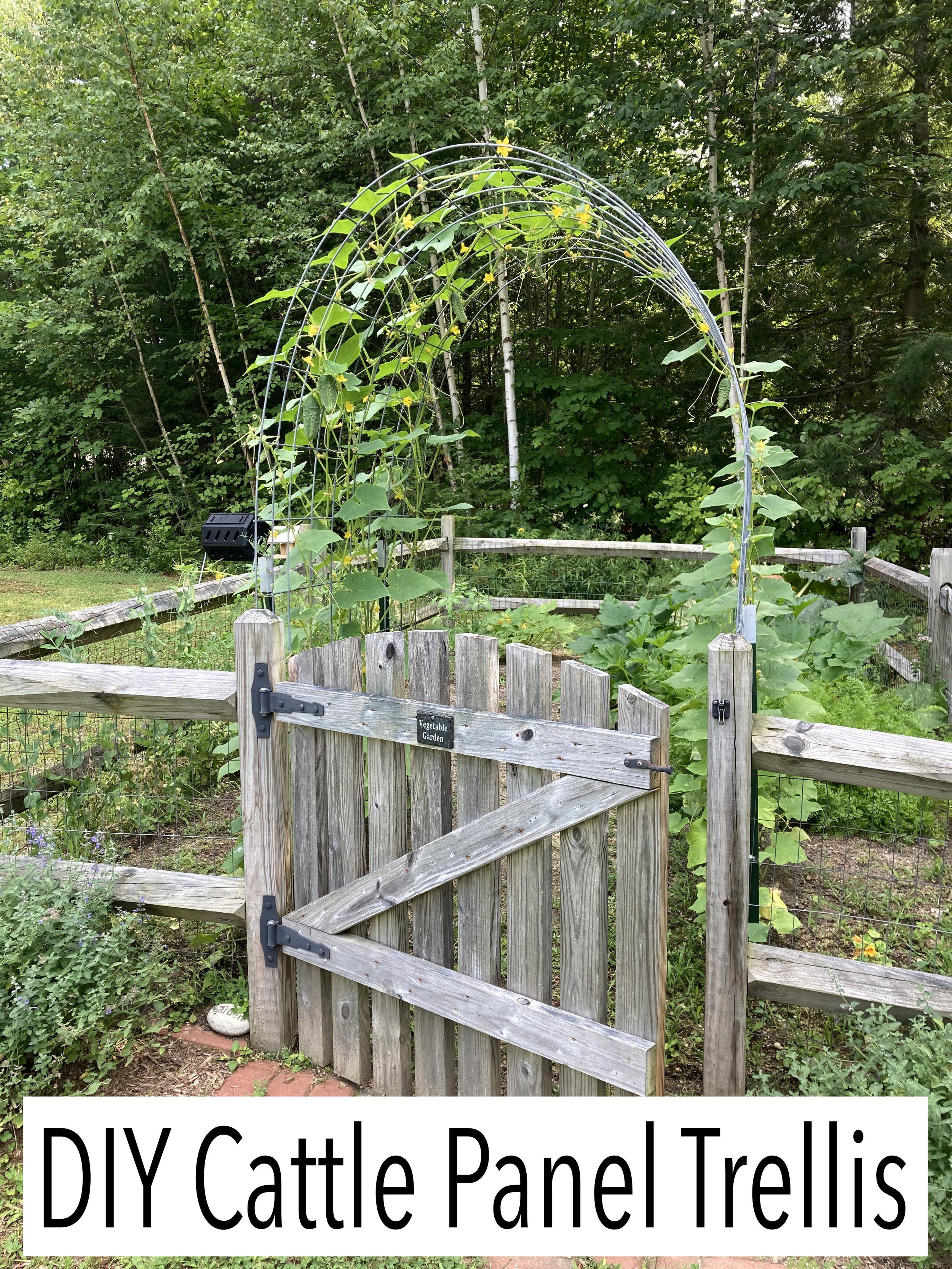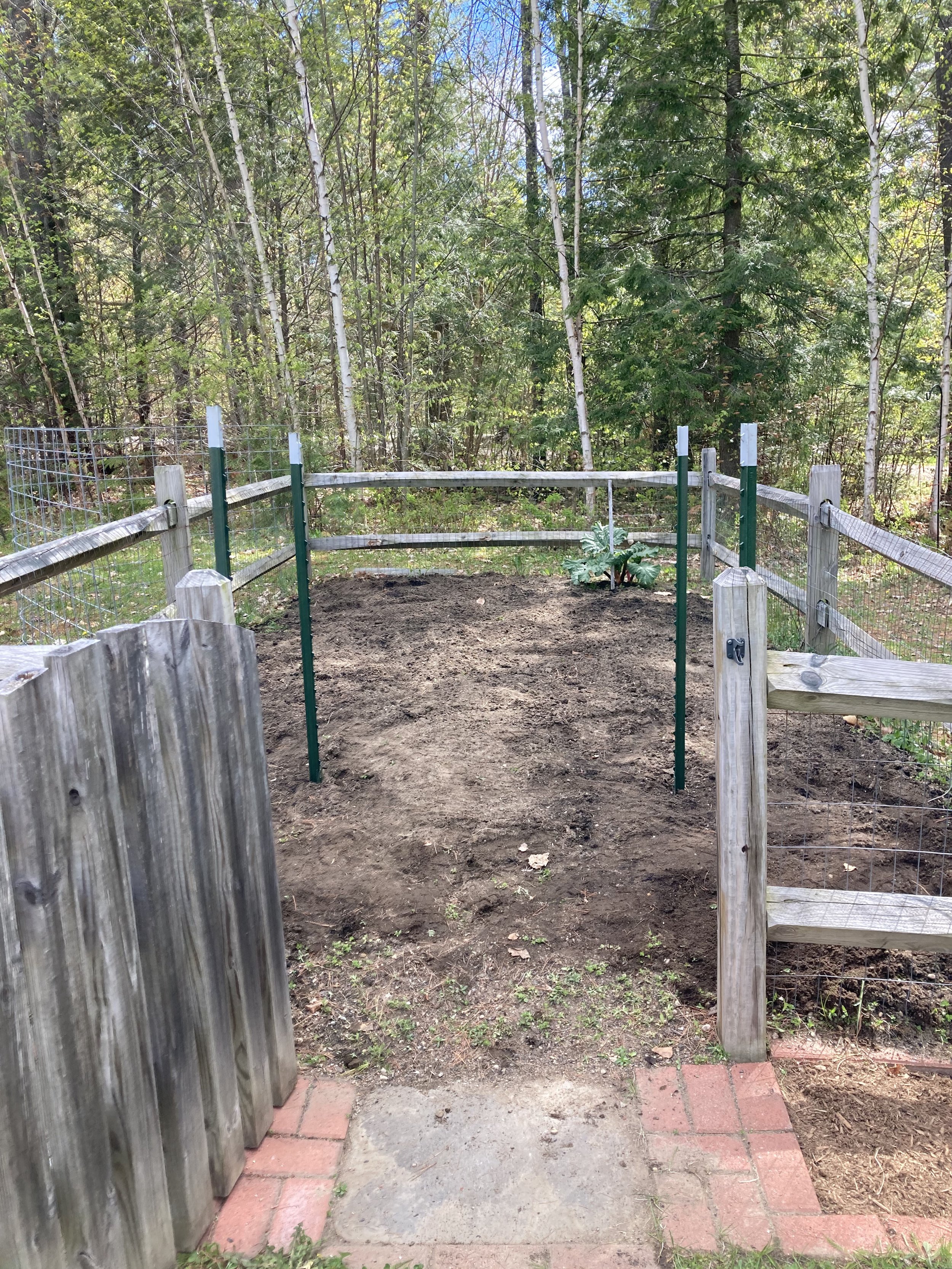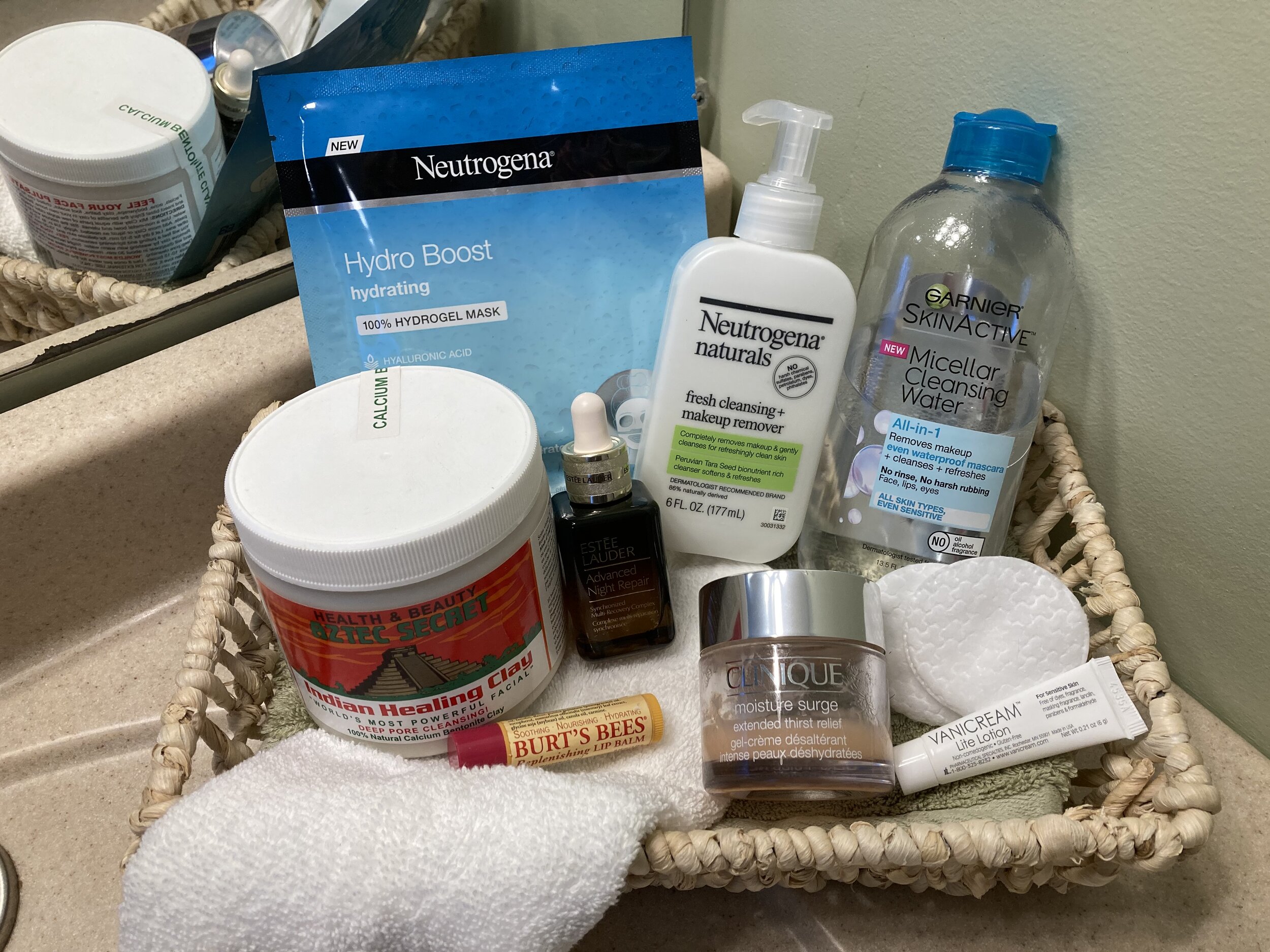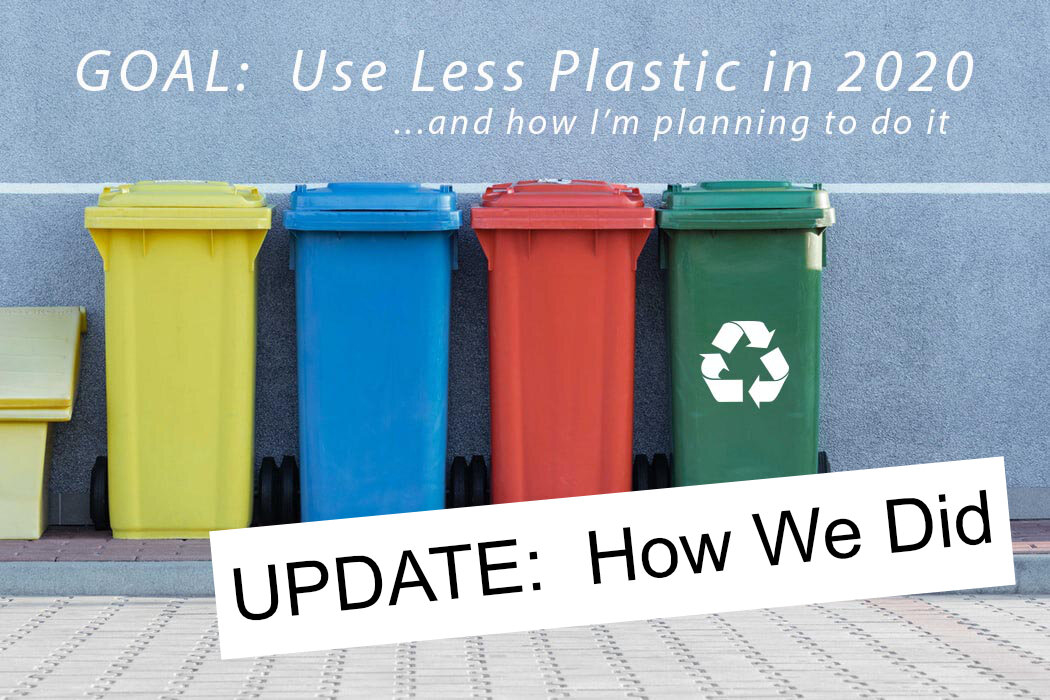New England Maker: Early American Painter, Suzanne Carroll Korn
As you know by now, I love sharing about companies and products we love on the blog and our Instagram - and most especially those made right here in New England. It’s been a little while since I’ve done an interview on the blog in our New England Maker Series, but I’m excited to get back into it with Early American Painter, Suzanne Carroll Korn! I first came across Suzanne’s work in my friend Marie’s shop (Here Today Emporium). I loved Suzanne’s colorful and whimsical house portraits, so I bought one of them for our daughter’s room and have been a fan ever since.
Tell me a little about yourself and your business.
My name is Suzanne Carroll Korn and I am an early American painter and folk artist. My inspiration springs from the folk art landscapes, designs, and motifs found on New England’s historic paint-decorated walls. Over 20 years ago, I began researching, studying, and writing about these large and amazing remnants of American folk art… painted in New England between the years 1800-1860. This research allowed me to view and document both landscape muraled and stenciled walls, many of which were the original works of itinerant folk artists like Rufus Porter, Jonathan D. Poor, and Moses Eaton. Through this research, I became a “student” of these iconic American folk artists, and eventually, I began to paint landscapes in the style of Rufus Porter.
Creating scenic and colorful folk art landscapes has given me great joy over the years. When I borrow and blend the early American designs and motifs found on the walls I studied, I like to think that each painting pays tribute to life in the small colonial villages and coastal towns of 19th century New England.
Although I do a lot of painting on canvas, one of my favorite things is to paint on vintage salvage pieces from New England’s past. Old sap buckets, vintage bead board, old cupboard doors, rustic tables, and breadboards from days gone by, all make exquisite “canvases!” There is nothing quite like painting on something wonderfully worn!
In addition to my early American painting, I also enjoy painting in a slightly more modern style that features a bright color palette, minimal landscapes, expressive skies, small cottages, stone churches, farms, and fields of flowers. I love the peaceful spirit of these simple vignettes of rural American life. I am actually looking forward to focusing more on this style in the near future! Who doesn’t need more peace? :)
I just started adding favorite scripture verses to these paintings with the intent of offering scripture cards, note cards, and prints. Hoping such prints and cards will be a source of peace and encouragement for others.
How did you start Early American Painter? Had you been making folk art for a while or was this a new leap for you?
My folk art definitely had it’s genesis in my research and study of early American paint-decorated walls… but the really interesting thing is that up until 11 years ago, I had never painted anything freehand in my life! I had no painting talent at all! - Or so I thought. In 2010, on a whim, I decided to take a class at the Rufus Porter Museum in Bridgton, Maine... “Painting in the style of Rufus Porter.” Never in my wildest dreams did I suspect that my life would change forever from that one experience! With lots of follow up study of Porter’s methodologies, formulas, and designs, and by studying his original murals in homes all over New England, I somehow got to this place of creativity!
It wasn’t until 2015, when I took an early retirement package, did I have the opportunity to really focus on my folk art. A couple of years after retiring, I was able to rent some space at While Home Collections in Wilton, NH. That gave me so much great experience and I learned so much about running my business. I had my “shop” at White Home for 1.5 years, right up until they sadly closed their doors in December of 2018. It was such a privilege displaying and selling my folk art creations at this beautiful landmark shop. I loved meeting many of my clients and becoming friends with them.
These days, I sell a few select pieces at Marie Fortier’s delightful shop Here Today Emporium in Wilton, NH. I also obtain commission work from Instagram and Facebook. Mostly custom landscapes, folk art house portraits, and some painted salvage. Alas, I’m a little behind the times as far as setting up an efficient payment process - so if anyone sees a piece of folk art on my Facebook and/or on Instagram feed, and they are interested in purchasing, I still require a snail-mailed check! I know… I need to get with the times!
What is your favorite part about owning your own company? And least favorite part?
Creativity is my favorite aspect of the business. When painting a folk art landscape, there is a step-by-step methodology that I use... the same methodology that Rufus Porter documented 200 year ago when he was painting huge landscapes on walls! It’s like putting a puzzle together. After backgrounds are done, the super fun part for me is the “decorating!” This is where I get to build out the painting with all the detail… the colonial houses, the trees, the boats, the flowers, the animals, etc. No two paintings are ever alike!
Something else that I love doing is hand-painting colorful tags for all of my folk art. I’ve always said that if the only thing I had to do each day was sit at my drafting table or porch, and paint little tags, I would be content! I can’t tell you how fun and relaxing it is creating these little works of art!
And if inquiring minds need to know - my least favorite aspect of running the business is determining pricing!
What have been some of the most rewarding moments for Early American Painter since you started?
I have been led to many wonderful opportunities, where I could bless others through my folk art. In 2018 and 2019 I was honored to donate landscape paintings in the style of Rufus Porter to the annual Fall Gala events at the American Folk Art Museum in New York City. My pieces were entered in to a silent auction, with all proceeds going towards the continuation of AFAM’s mission to educate and generate enthusiasm about American folk art.
Right here in my town of North Reading, MA, I’ve had several really nice opportunities to give back. At the historic c.1817 David Damon Tavern, I am the “resident” tour guide and Rufus Porter “expert.” When we have Open House at the Damon Tavern, I conduct tours of the amazing second floor ballroom where Rufus Porter, around 1830, painted stunning landscape murals. Also in the Rufus Porter ballroom, I host “Paint Like Porter” fundraising workshops sponsored by the North Reading Historical and Antiquarian Society. Surrounded by the historic landscape murals painted by Porter almost 200 years ago, adult students of all painting abilities learn about the life and times of Rufus Porter and the basic methodologies and techniques he employed to create folk art landscape murals. Each workshop is so much fun… students love this “getaway” day to do something relaxing and creative, and the paintings they each go home with are truly amazing! Students come from all over New England to attend the workshops. With the proceeds from just two of the workshops, the Historical Society had enough money to refinish the incredible 200-year-old wide pine floors in the ballroom!
Over the years, it has also been a great pleasure working with The Center for Painted Wall Preservation, a 501c3 organization dedicated to the research and preservation of 18th and early 19th century American paint-decorated plaster walls. I currently serve on CPWP’s Board of Advisors, and under their auspices, I will occasionally continue my journeys around New England, visiting homes/inns/taverns in order to document historic paint-decorated walls therein. Often we are called in by homeowners to document painted walls that have recently been discovered under layers and layers of wallpaper! I’m so happy that my field research done over the years has been entered into the SPWP’s Digital Archive of Painted Walls. This is a growing database of hundreds of walls, that at some point in the near future will be accessible to anyone interested in these amazing 19th century walls of folk art. The database will ensure that no matter what happens to these precious walls in the field, there will always be a permanent record of the historic folk art found on them.
Last but not least, I’ve always felt blessed to have the best customers ever. It has been so rewarding creating for lots of clients all across the country. Hearing the excitement and gratitude in their voices after they have received their new piece is priceless!
What advice do you have for people just starting out?
Never stop looking for ways to use your gifts and talents to brighten and enhance the lives of others. God will use your abilities and talents in astonishing ways! Find something that you are passionate about… something that you love… something that makes your heart sing… and the rest will come. You will know when you have found your “calling,” because your “work” will never feel like work, and you will see and experience the satisfaction and happiness it brings to others! If what you do brings a smile to your face, plus enriches the life of someone else, what could be better?
What does the future hold for “Early American Painter?”
I see myself continuing to create custom folk art pieces for my clients. However, I also want to focus on painting more of my “minimal” landscapes, and working on ways to incorporate inspiring scripture verses and messages into them. I’m not quite sure what that will end up looking like, but I do feel a leading in this direction. I see an Etsy shop in my future, and have even started designing it. Time will tell! In the meantime, I will be enjoying the creative life in North Reading with my husband Rich, and canine sidekick, Alice.
Who’s one of your favorite New England Makers?
One of my favorite New England Makers is Raffaella Gutermann, from Dolce Amar Bakery and Cafe in Groton, MA. Raffaella is an artist in the truest sense of the word - only her stunning “paintings” are on canvases of cake and other sweet confections! European designer cakes for weddings and other special events are her specialty. Raffaella’s creations are always the embodiment of elegance, beauty, and exquisite taste!
Keep Up with Early American Painter, Suzanne Carroll Korn
| Website | Facebook | Instagram | Shop a selection of items in person at Here Today Emporium in Wilton, NH |
All photos courtsey of Early American Painter, Suzanne Carroll Korn
DO YOU OWN A NEW ENGLAND-BASED BUSINESS AND WOULD LIKE TO BE FEATURED IN AN UPCOMING INTERVIEW? OR WOULD YOU BE INTERESTED IN HAVING ME STYLE, REVIEW, AND FEATURE ONE OF YOUR PRODUCTS?
Please drop me a note.
More Interviews from New England Makers:
KEEP UP WITH BIRCH LANDING HOME
| Etsy | Facebook | Instagram | Pinterest | Bloglovin' | Hometalk |
